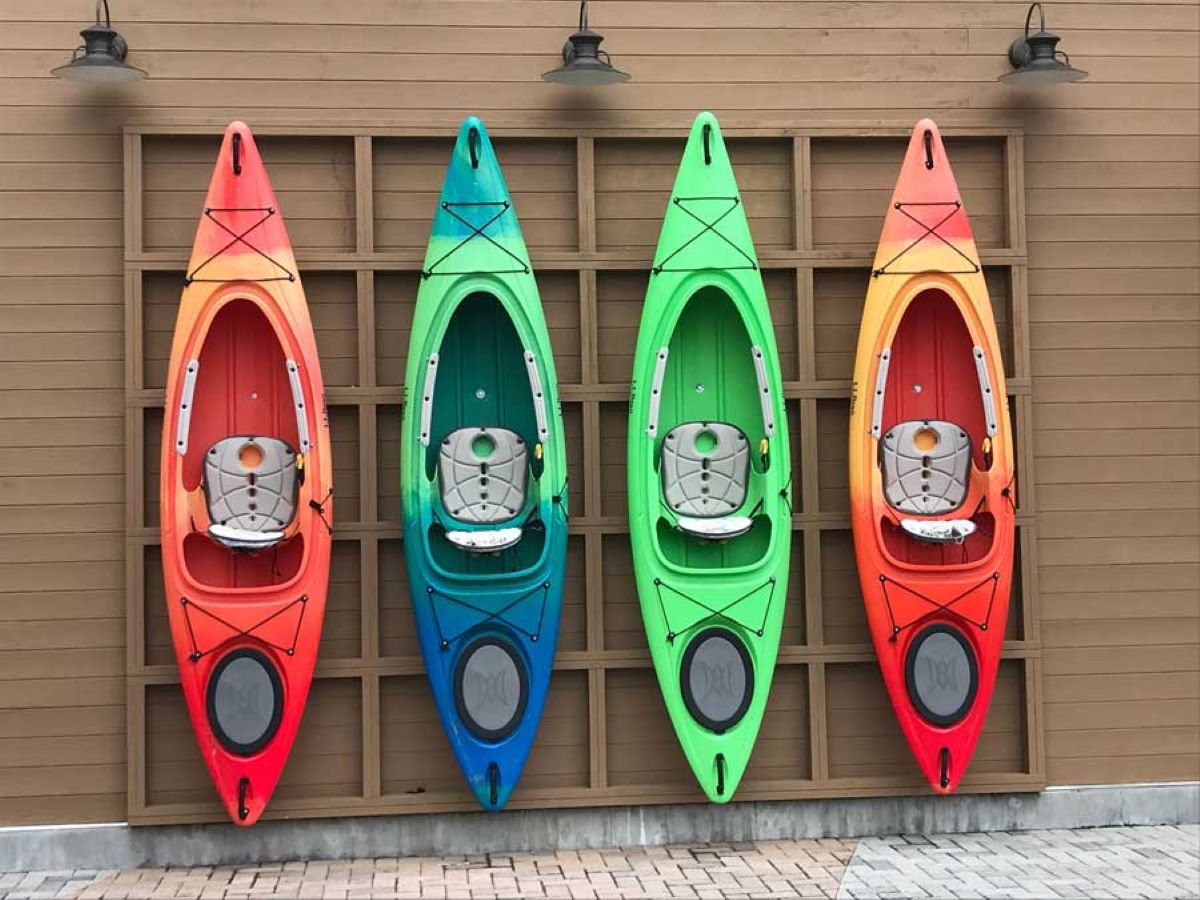

Articles
How To Store A Kayak Vertically
Modified: May 6, 2024
Learn the best techniques for storing your kayak vertically with this informative article. Ensure the safety and longevity of your kayak with proper storage methods.
(Many of the links in this article redirect to a specific reviewed product. Your purchase of these products through affiliate links helps to generate commission for Storables.com, at no extra cost. Learn more)
Introduction
Storing a kayak properly is crucial for its longevity and performance. While there are various storage options available, storing a kayak vertically is often considered the most efficient and space-saving method. In this article, we will explore the benefits of vertical kayak storage, discuss the suitable location for vertical storage, and guide you on how to prepare your kayak for this type of storage. Additionally, we will provide step-by-step instructions for building a DIY vertical kayak storage rack and highlight some popular wall-mounted and freestanding vertical storage systems. Finally, we’ll share some tips for storing multiple kayaks vertically.
Key Takeaways:
- Maximize space and protect your kayak by storing it vertically. Enjoy easier accessibility, prevent warping, reduce damage risk, and enhance visual appeal with this efficient storage method.
- Choose the right location, prepare your kayak, and explore DIY or pre-made storage options for efficient vertical kayak storage. Optimize space and ensure your kayak remains in excellent condition for years to come.
Read more: How To Store Kayak
Benefits of Vertical Kayak Storage
Vertical kayak storage offers numerous advantages that make it a popular choice among kayak owners. Let’s explore some of the key benefits:
- Space-saving: One of the main advantages of vertical storage is that it allows you to maximize your storage space. By storing your kayak vertically, you can take advantage of unused wall space and free up valuable floor space in your garage or storage area.
- Easier Accessibility: Storing your kayak vertically makes it easier to access and retrieve when you are ready for your next adventure. Unlike horizontal storage, where you have to maneuver around other items, vertical storage provides convenient access without the hassle.
- Prevents Warping: Kayaks are designed to be stored horizontally, but if storage space is limited, they can sometimes end up being placed on their sides or even upside down. This improper storage position can lead to warping or deformation of the kayak’s hull over time. Storing the kayak vertically eliminates the risk of warping and ensures the kayak retains its original shape.
- Reduced Risk of Damage: When stored horizontally, kayaks are susceptible to being bumped or accidentally knocked over, which can result in scratches, dents, or even more severe damage. Storing the kayak vertically minimizes the risk of such accidents, ensuring your kayak remains in pristine condition.
- Better Air Circulation: Proper airflow is essential for preventing the growth of mold, mildew, and unpleasant odors. Storing your kayak vertically promotes better air circulation around the entire hull, reducing the chances of moisture buildup and keeping your kayak fresh and odor-free.
- Visual Appeal: Storing your kayak vertically creates an aesthetically pleasing display, showcasing your kayak as a piece of art. Whether it’s in your garage, basement, or even a dedicated outdoor storage area, a neatly stored kayak can add a touch of adventure and personality to your space.
By utilizing vertical kayak storage, you can maximize space, ensure easy accessibility, prevent damage, promote proper airflow, and enhance the visual appeal of your kayak. It’s a practical and efficient storage solution that every kayak owner should consider.
Choosing the Right Location for Vertical Storage
When it comes to vertical kayak storage, selecting the appropriate location is crucial to ensure the safety and security of your kayak. Here are some factors to consider when choosing the right location:
- Space Availability: Assess the available space in your garage, shed, or storage area. Look for a vertical storage location that offers enough height clearance for your kayak and allows for easy maneuverability.
- Stability: Ensure that the selected location provides a stable surface for your vertical storage system. Avoid areas prone to excessive vibrations or high foot traffic, as this can potentially cause the kayak to shake or get bumped.
- Protection from Sunlight and Moisture: Exposure to direct sunlight can cause the kayak’s hull to fade or even become brittle over time. Choose a location that provides some shade or consider using a kayak cover for added protection. Additionally, avoid areas where the kayak may be exposed to excessive moisture or humidity.
- Accessibility: Consider how easily you can access your kayak from the chosen location. Ensure that there is enough clearance around the kayak to comfortably maneuver it in and out of storage.
- Security: If you are storing your kayak outdoors or in a shared space, make sure the chosen location offers adequate security measures. Consider installing security cameras or locks to deter theft or unauthorized access.
- Ventilation: Opt for a location that offers good airflow to prevent the buildup of moisture and odors. Proper ventilation will help keep your kayak dry and fresh.
Once you have identified the right location, ensure that the chosen area is clean and free from any sharp objects or potential hazards that could damage your kayak.
Remember, the chosen location should provide sufficient space, stability, protection from sunlight and moisture, easy accessibility, security, and ventilation. Taking the time to choose the perfect location for vertical storage will contribute to the longevity and protection of your kayak.
Preparing Your Kayak for Vertical Storage
Before you store your kayak vertically, it’s essential to take some steps to ensure it remains in optimal condition. Here are some tips on how to prepare your kayak for vertical storage:
- Clean and Dry: Thoroughly clean your kayak, both inside and out, using a mild soap and water solution. Remove any dirt, debris, or saltwater residue that may have accumulated. After cleaning, allow the kayak to dry completely to prevent mold or mildew growth during storage.
- Inspect for Damage: Carefully inspect your kayak for any signs of damage, such as cracks, dents, or leaks. Address any issues before storing the kayak to prevent further damage or worsening of existing problems.
- Remove Accessories: Remove any detachable accessories, such as seats, paddles, and fishing rod holders. Keeping them separately will prevent any pressure or stress on the kayak during storage.
- Apply UV Protection: If your kayak will be exposed to sunlight, consider applying a UV protectant to the hull. This will help to minimize fading and damage caused by prolonged exposure to the sun’s rays.
- Use Cockpit Covers or Sealants: If your kayak has a cockpit, consider using a cockpit cover to keep out dust, debris, and insects. Alternatively, you can use a sealant to seal off the cockpit area to prevent any potential critters from making it their home during storage.
- Protect Hull from Pressure Points: To avoid putting excessive stress on the kayak’s hull, use foam padding or pool noodles at contact points where the kayak rests on the storage rack. This will help distribute the weight evenly and prevent potential damage.
- Avoid Extreme Temperatures: If possible, choose a storage location that maintains a moderate temperature. Extreme heat or cold can potentially cause damage to the kayak’s materials, so it’s best to avoid areas with significant temperature fluctuations if possible.
By following these preparation steps, you ensure that your kayak is clean, dry, and properly protected before being stored vertically. This will help maintain its structural integrity and prolong its lifespan.
Building a DIY Vertical Kayak Storage Rack
If you’re a handy person and enjoy DIY projects, building your own vertical kayak storage rack can be a cost-effective and rewarding option. Here’s a step-by-step guide on how to build a simple and sturdy DIY vertical kayak storage rack:
- Gather Your Materials: You will need the following materials:
- 2×4 wooden boards
- Screws or nails
- Measuring tape
- Saw
- Drill
- Level
- Sandpaper
- Paint or stain (optional)
- Measure and Cut the Boards: Determine the desired height and width of your storage rack. Cut the 2×4 boards into vertical supports and horizontal bars according to your measurements. Make sure to cut enough pieces for the number of kayaks you plan to store.
- Construct the Frame: Assemble the vertical supports by attaching the horizontal bars to create the frame. Use screws or nails to secure the pieces firmly. Ensure that the frame is level and stable.
- Add Padding: Attach foam padding or strips of pool noodle to the contact points on the storage rack where the kayak will rest. This will protect the kayak’s hull from any potential damage caused by pressure points.
- Sand and Finish: Smooth out any rough edges or surfaces with sandpaper to avoid splinters. If desired, apply a coat of paint or stain to protect the wood and enhance the appearance of the rack.
- Mount or Position the Rack: Depending on your preference and available space, you can choose to mount the storage rack to the wall or make it freestanding. If mounting, use appropriate screws and anchors for secure attachment. If freestanding, ensure that the rack is stable and won’t tip over.
- Test and Adjust: Before placing your kayak on the rack, test its stability and adjust as needed. Make sure the rack can safely support the weight of the kayak and that it is angled correctly to hold the kayak securely.
Building your own DIY vertical kayak storage rack allows you to customize the size and design according to your specific needs. It offers a cost-effective solution for storing your kayaks while ensuring they remain safe and secure during storage.
Remember, always prioritize safety when building and using any DIY structure. If you’re unsure about any step or lack the necessary skills or tools, consider seeking assistance from a professional or opting for pre-made storage solutions.
When storing a kayak vertically, make sure to use padded or cushioned hooks or straps to prevent damage to the hull. It’s also important to secure the kayak properly to prevent it from falling over.
Read more: How To Store A Kayak
Using Wall-mounted Vertical Storage Solutions
Wall-mounted vertical storage solutions are a popular choice for kayak owners looking to save space and keep their kayaks securely stored. Here’s how you can make the most of wall-mounted vertical storage:
- Select a Suitable Wall: Choose a sturdy wall in your garage or storage area that can support the weight of your kayak. Ensure that the wall is clear of any obstructions and provides enough space for the length and width of your kayak.
- Install Wall Brackets: Purchase wall brackets specifically designed for kayak storage. These brackets typically consist of a wall-mounted bracket and a padded arm to cradle the kayak securely. Follow the manufacturer’s instructions to install the brackets securely onto the wall.
- Position the Wall Brackets: Space the wall brackets according to the width of your kayak. Position them at a suitable height so that the kayak is stable and doesn’t put excessive strain on the brackets. Use a level to ensure the brackets are properly aligned.
- Attach the Kayak: Lift the kayak onto the padded arms of the wall brackets. Ensure that the kayak is positioned evenly and securely on the brackets. Double-check that the kayak is stable and won’t slide or shift when not in use.
- Secure the Kayak: To provide additional security, you may use straps or bungee cords to secure the kayak to the wall brackets. This will help prevent any accidental movement or shifting while in storage.
- Utilize Vertical Space: If you have multiple kayaks, consider installing additional wall brackets at different heights to make the most of the vertical space on your wall. This will allow you to store multiple kayaks securely.
- Regular Maintenance: Periodically inspect the wall brackets and kayak for any signs of wear or damage. Ensure that the brackets are still securely attached to the wall and the kayak remains in good condition.
Wall-mounted vertical storage solutions are an efficient and space-saving option for storing your kayak. They provide easy access to your kayak while keeping it securely stored and off the ground. By following these steps and regularly maintaining the storage setup, you can ensure that your kayak is stored safely and ready for your next adventure.
Using Freestanding Vertical Storage Systems
If you prefer a more versatile storage option or don’t have a suitable wall for mounting, freestanding vertical storage systems are an excellent alternative for storing your kayak. Here’s how you can make the most of these systems:
- Select a Stable Location: Choose a flat and stable location in your garage, shed, or outdoor space where you can set up the freestanding storage system. Ensure that there is enough clearance for the height and width of your kayak.
- Choose a Freestanding Rack: Look for a freestanding vertical storage rack specifically designed for kayaks. These racks typically consist of vertical posts or cradles that hold the kayak securely in an upright position.
- Set Up the Freestanding Rack: Follow the manufacturer’s instructions to assemble and set up the freestanding rack. Make sure to secure all the necessary bolts and ensure the rack is stable before placing your kayak on it.
- Position the Kayak: Lift your kayak and carefully position it onto the cradles or posts of the freestanding rack. Ensure that the kayak is centered and balanced on the rack to prevent any tilting or instability. Double-check that the kayak is securely held in place.
- Add Additional Support: If desired, you can use straps or bungee cords to secure the kayak to the freestanding rack. This will provide extra stability and prevent any accidental movement or shifting of the kayak.
- Consider Storage Accessories: Some freestanding vertical storage systems may offer additional accessories such as storage hooks or racks for paddles, life jackets, or other kayak accessories. Utilize these accessories to keep all your gear organized and easily accessible.
- Regular Inspection and Maintenance: Periodically check the freestanding rack for any signs of wear or instability. Verify that all bolts and connections are secure, and ensure that the kayak remains in good condition.
Freestanding vertical storage systems offer flexibility and convenience, allowing you to easily move and reposition your kayak as needed. They provide a stable and secure storage solution that keeps your kayak readily accessible while protecting it from damage.
Remember to follow the manufacturer’s instructions for assembly and usage to ensure the freestanding storage system functions properly. With regular maintenance and monitoring, you can enjoy the benefits of a reliable and convenient freestanding vertical storage system for your kayak.
Tips for Storing Multiple Kayaks Vertically
Storing multiple kayaks vertically can pose some challenges, but with the right approach, you can efficiently utilize your space and keep all your kayaks safely stored. Here are some tips for storing multiple kayaks vertically:
- Optimize Your Storage Space: Measure your available space and plan accordingly to maximize storage efficiency. Consider the height and width of your storage area to determine the number of kayaks you can safely and comfortably store.
- Utilize Different Heights: To accommodate multiple kayaks, utilize vertical storage racks or systems with different heights. This will help you store kayaks of varying lengths without compromising stability.
- Properly Space the Kayaks: Ensure there is sufficient spacing between each kayak to prevent any potential damage or contact. This will also allow for easy access and retrieval of individual kayaks without having to remove the others.
- Use Separators or Padding: Install separators or use foam padding between the kayaks to prevent them from rubbing against each other. This will help protect their hulls from scratches or any friction-related damage.
- Secure Each Kayak Individually: To ensure stability and prevent any shifting, secure each kayak individually to the storage system. Use straps or bungee cords to hold each kayak firmly in place. This will provide extra peace of mind and prevent any accidental movement or damage.
- Label or Color-Code: If you have multiple kayaks of the same type, consider labeling or color-coding them to distinguish between them easily. This will help you quickly identify and retrieve the specific kayak you need.
- Rotate Kayaks Regularly: To prevent any long-term pressure or stress on a specific kayak, rotate them periodically. This will help distribute the weight evenly and ensure all your kayaks remain in good condition over time.
- Maintain Regular Inspections: Regularly inspect your kayak storage system and the kayaks themselves. Look for any signs of wear, damage, or instability. Address any issues promptly to prevent further damage or compromise the safety of your kayaks.
By following these tips, you can efficiently store multiple kayaks vertically, making the most of your available space while ensuring the safety and longevity of each kayak. With proper organization and maintenance, you can easily access and enjoy your kayaks whenever you’re ready for your next adventure.
Conclusion
Storing a kayak vertically offers numerous benefits, including space-saving, easier accessibility, prevention of warping, reduced risk of damage, better air circulation, and enhanced visual appeal. By utilizing vertical storage solutions, you can optimize your storage space and keep your kayak in excellent condition for years to come.
When choosing the right location for vertical storage, consider factors such as space availability, stability, protection from sunlight and moisture, accessibility, security, and ventilation. Taking the time to select the perfect location will provide a safe and suitable environment for your kayak.
Before storing your kayak vertically, make sure to prepare it properly by cleaning, inspecting for damage, removing accessories, applying UV protection, using cockpit covers or sealants, and protecting the hull from pressure points. These steps will help maintain the kayak’s integrity during storage.
If you enjoy DIY projects, building a vertical kayak storage rack can be a rewarding option. Follow the steps to gather the materials, measure and cut the boards, construct the frame, add padding, sand and finish, mount or position the rack, and test and adjust for stability.
For those who prefer convenience, wall-mounted vertical storage solutions offer easy access and secure storage. Install wall brackets, position them correctly, attach the kayak, secure it, and utilize the vertical space for multiple kayaks.
Freestanding vertical storage systems provide versatility and portability. Set up a freestanding rack, position the kayak, add additional support if necessary, and regularly inspect and maintain the system for optimal performance.
When storing multiple kayaks vertically, optimize your storage space, utilize different heights, properly space the kayaks, use separators or padding, secure each kayak individually, label or color-code them, rotate them regularly, and maintain regular inspections to ensure their safety and longevity.
In conclusion, vertical kayak storage is a practical and efficient method that allows you to maximize space, protect your kayak from damage, and showcase it as a beautiful piece of equipment. Whether you choose a DIY rack, wall-mounted solution, or freestanding system, properly storing your kayak vertically will ensure it stays in excellent condition and ready for your next paddling adventure.
Once you've mastered vertical kayak storage, why stop there? Expand your organizational prowess with our guide on effective vertical storage solutions, perfect for maximizing space in any area. For kayak enthusiasts seeking more specific options, delve into our selection of top kayak storage systems, ensuring your gear remains in tip-top shape. And don't overlook the convenience of wall-mounted accessories; our reviews on superior hair dryer holders offer sleek designs and functionality for a tidier bathroom. Let's make clutter a thing of the past!
Frequently Asked Questions about How To Store A Kayak Vertically
Was this page helpful?
At Storables.com, we guarantee accurate and reliable information. Our content, validated by Expert Board Contributors, is crafted following stringent Editorial Policies. We're committed to providing you with well-researched, expert-backed insights for all your informational needs.
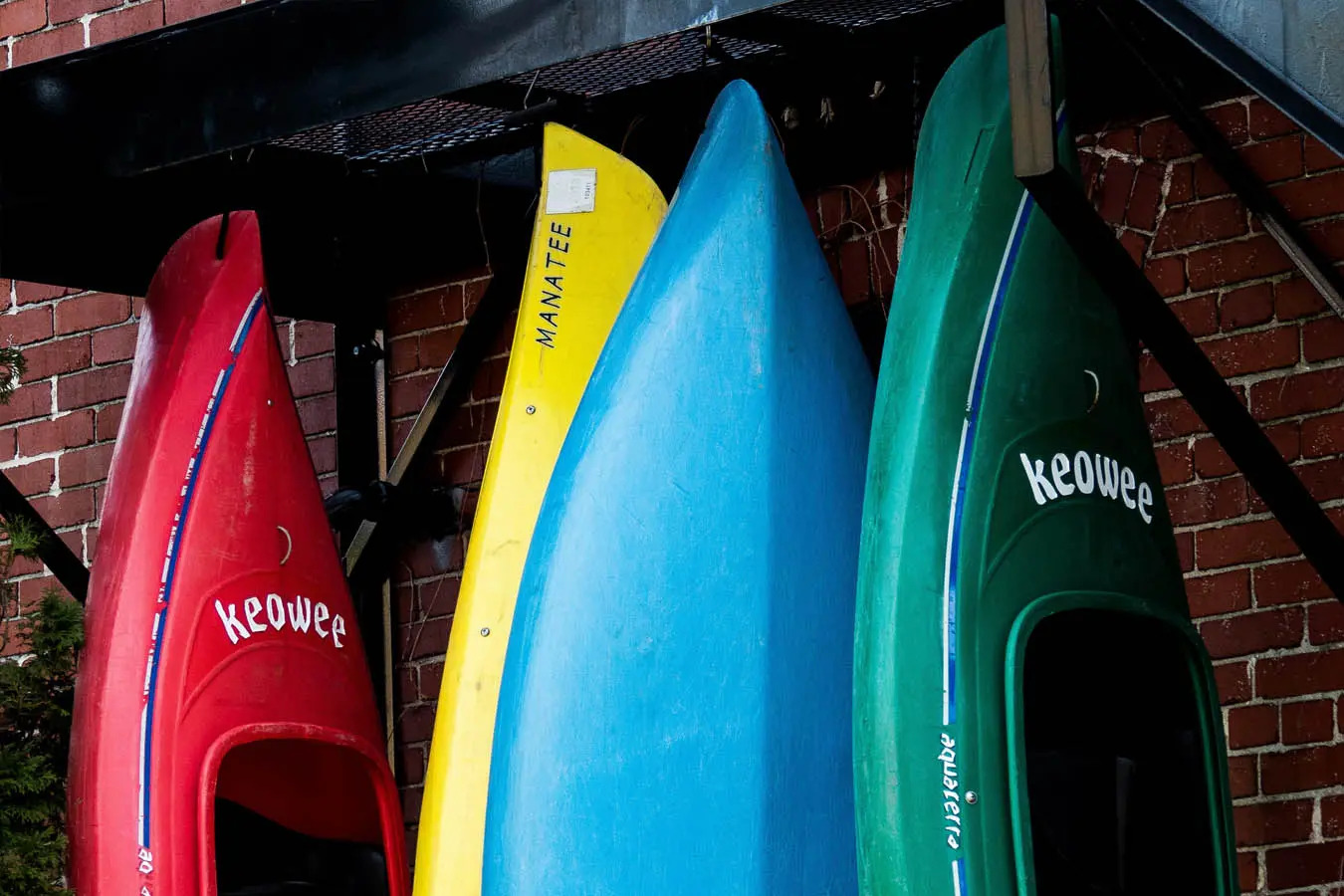
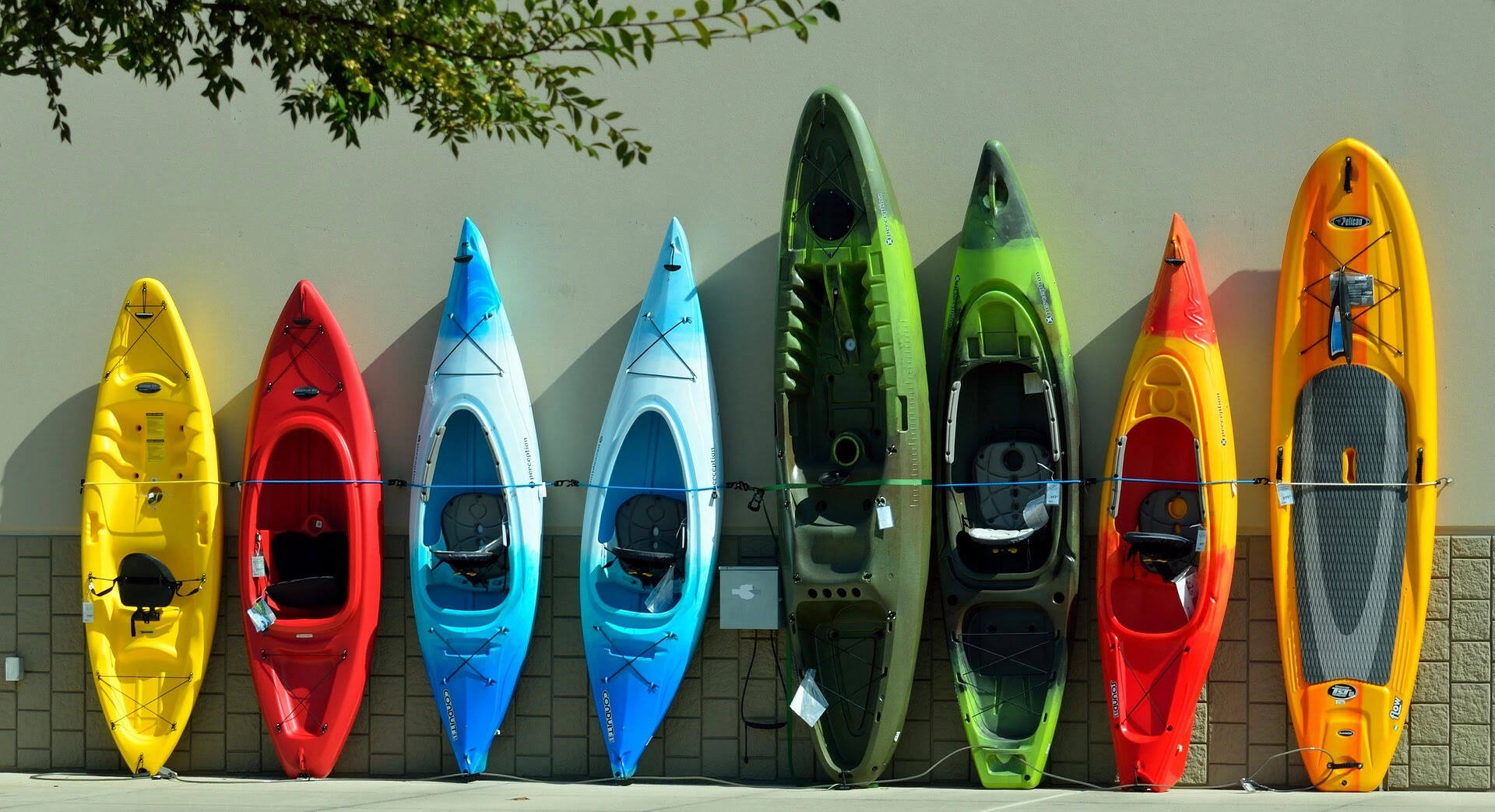
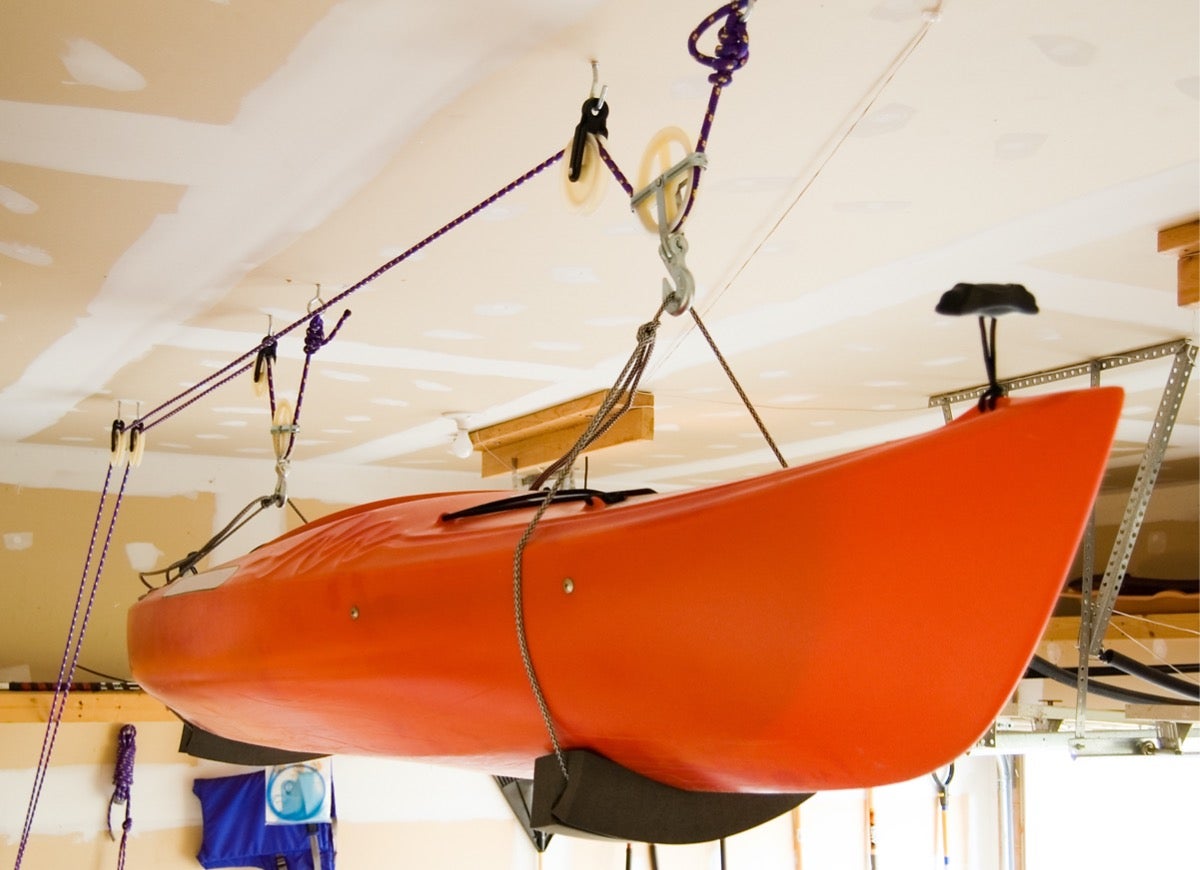

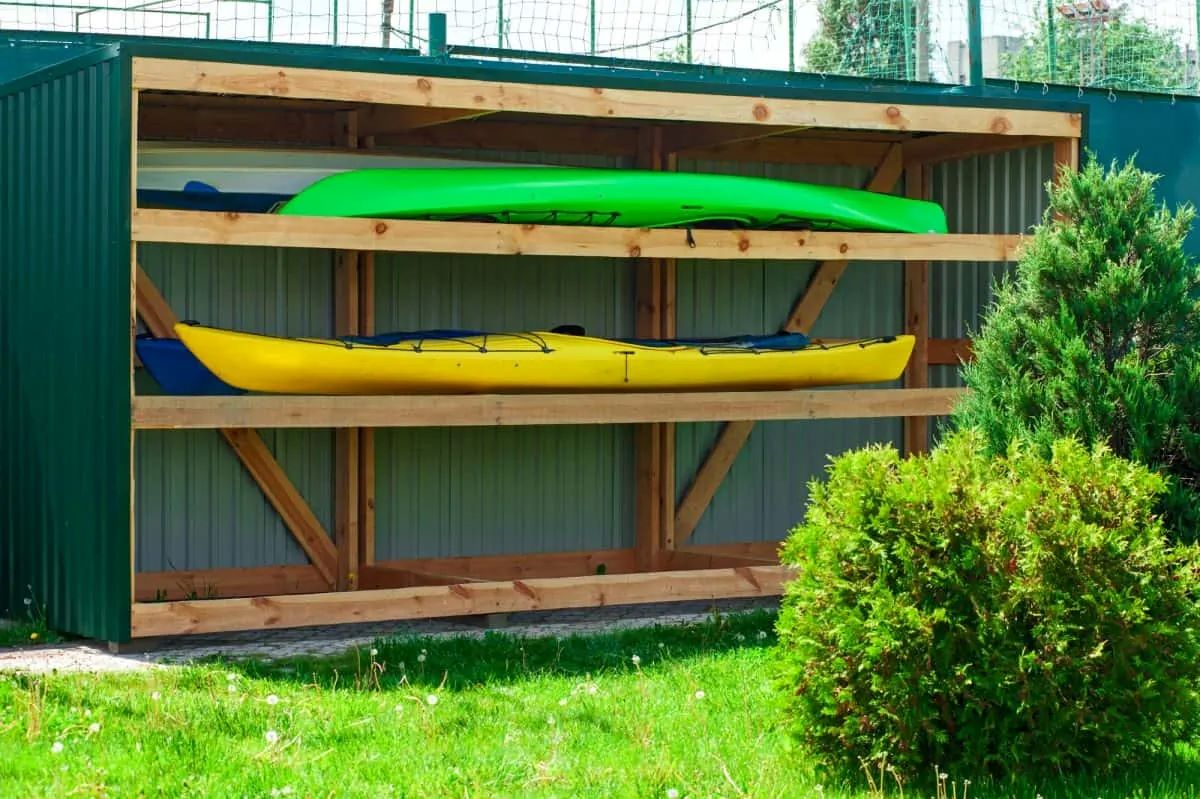
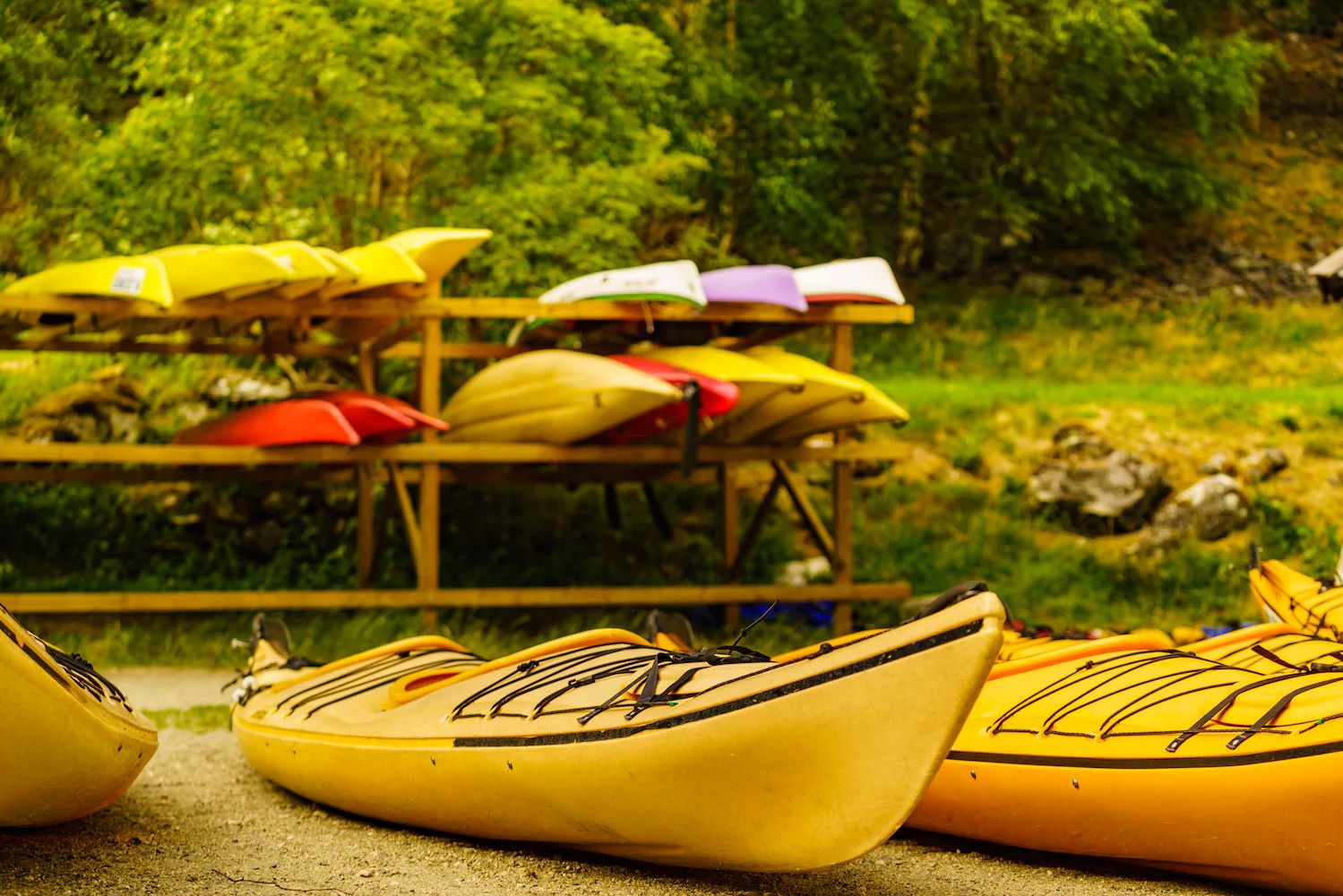
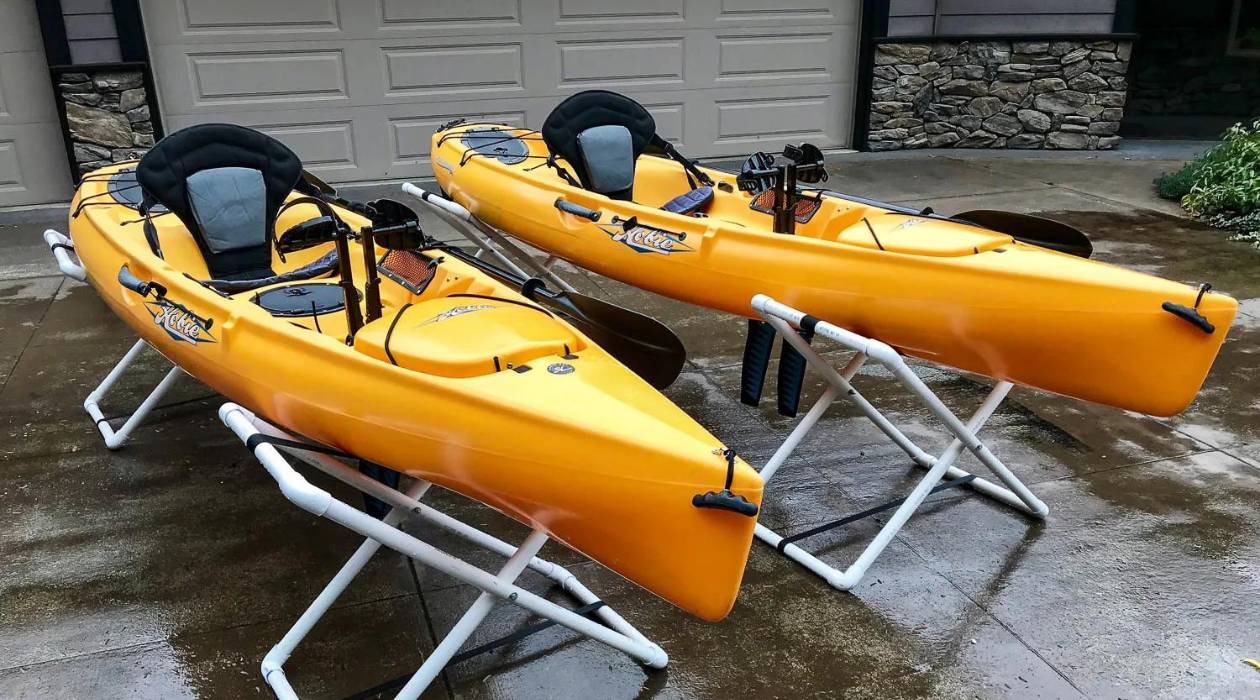
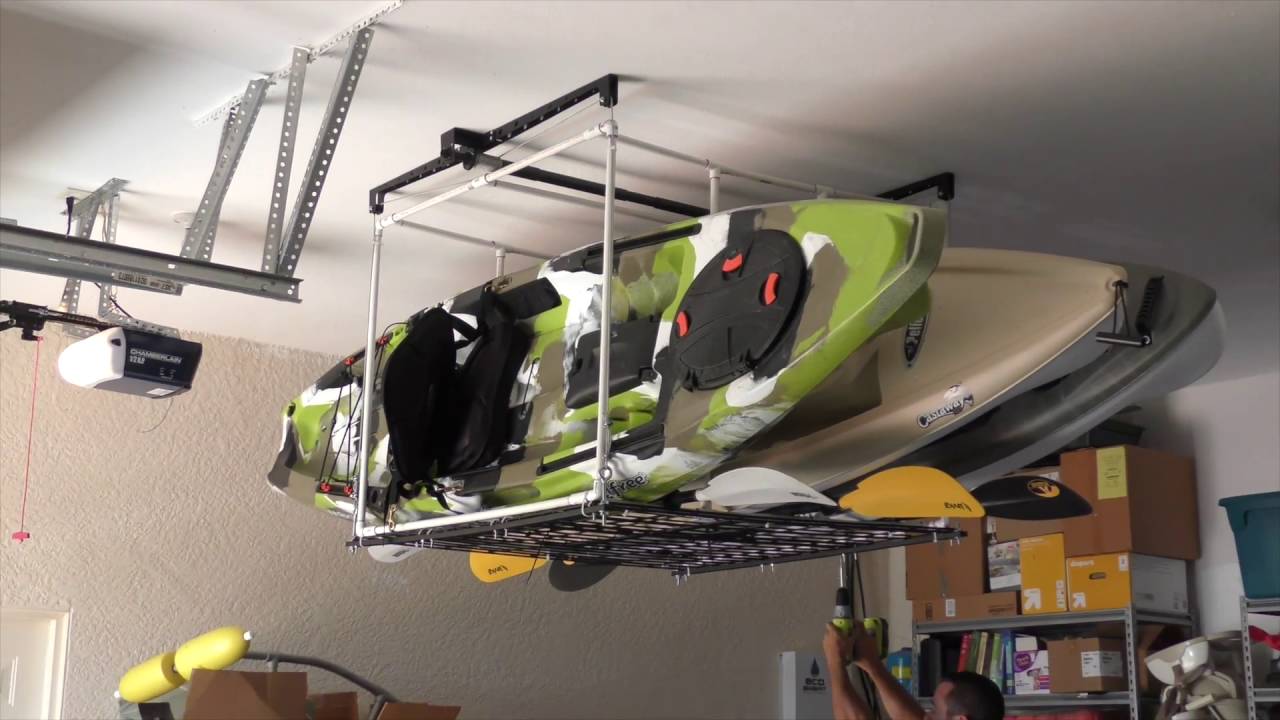
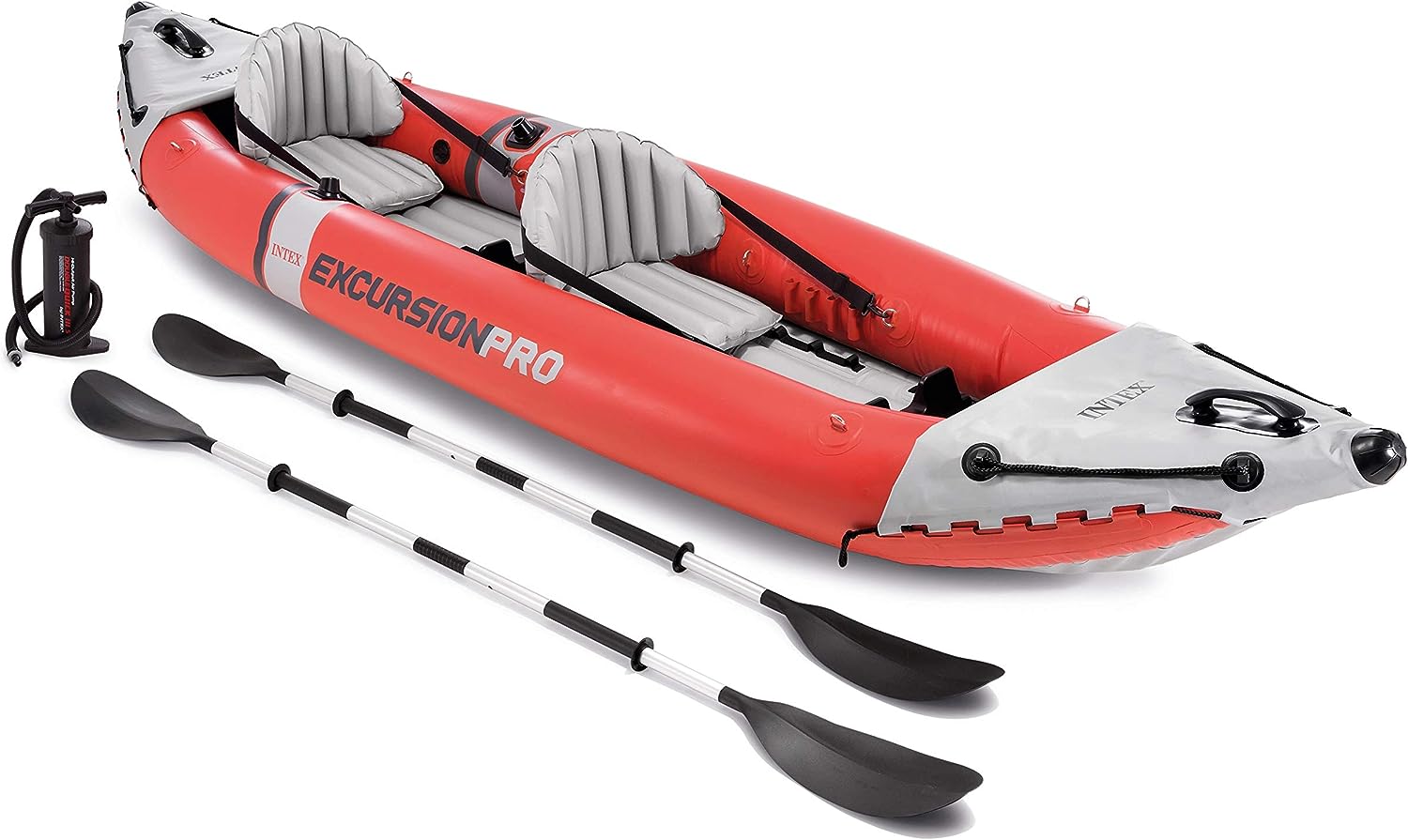
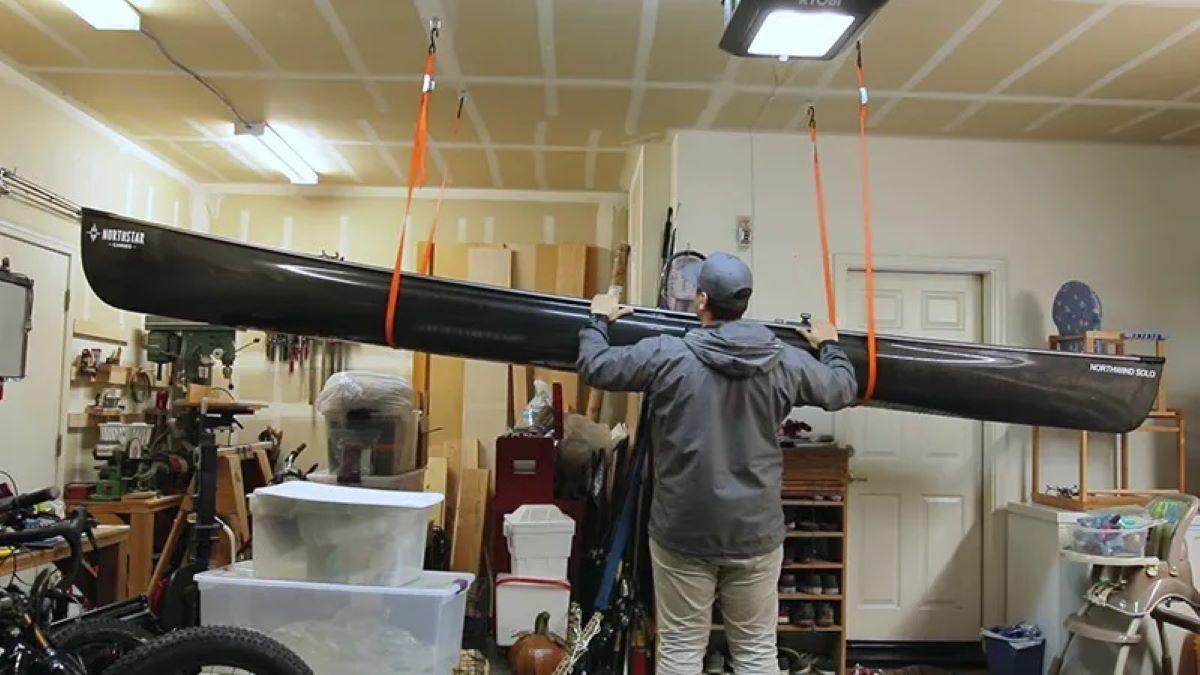
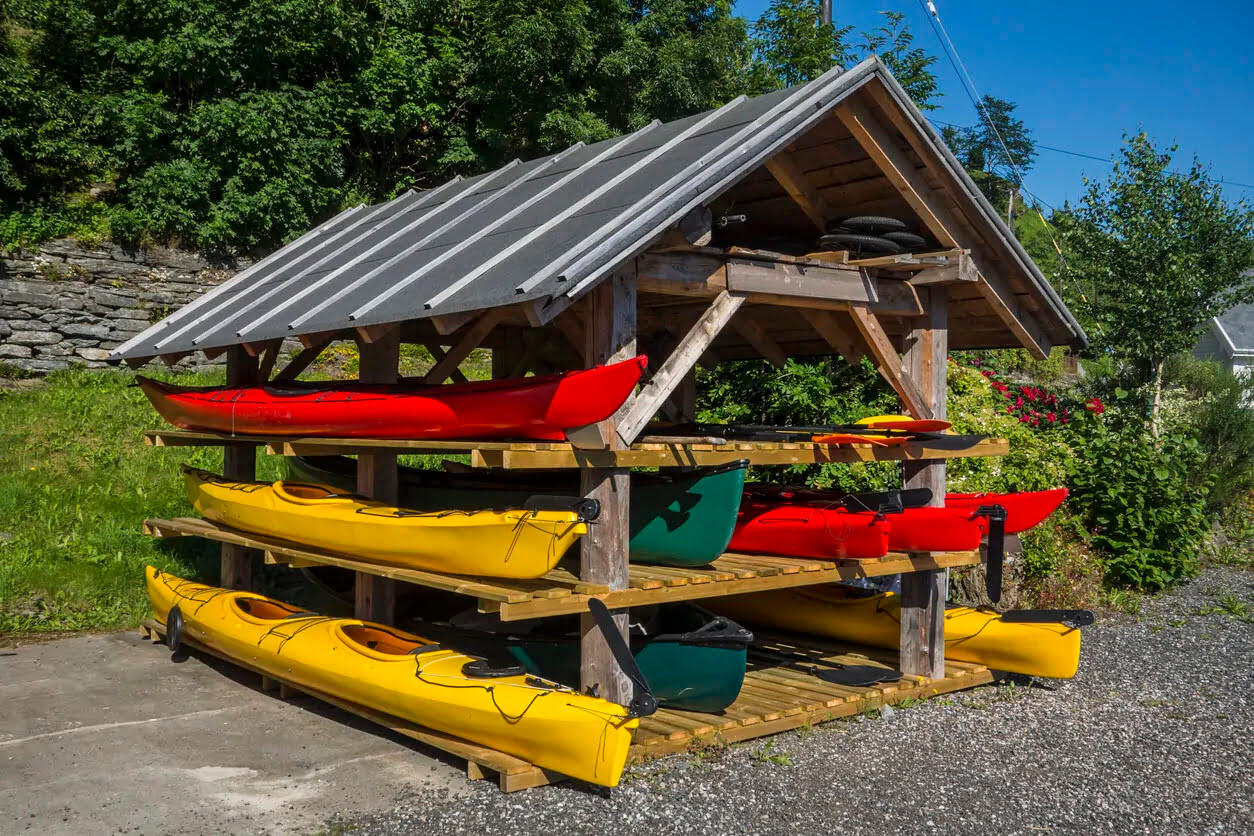
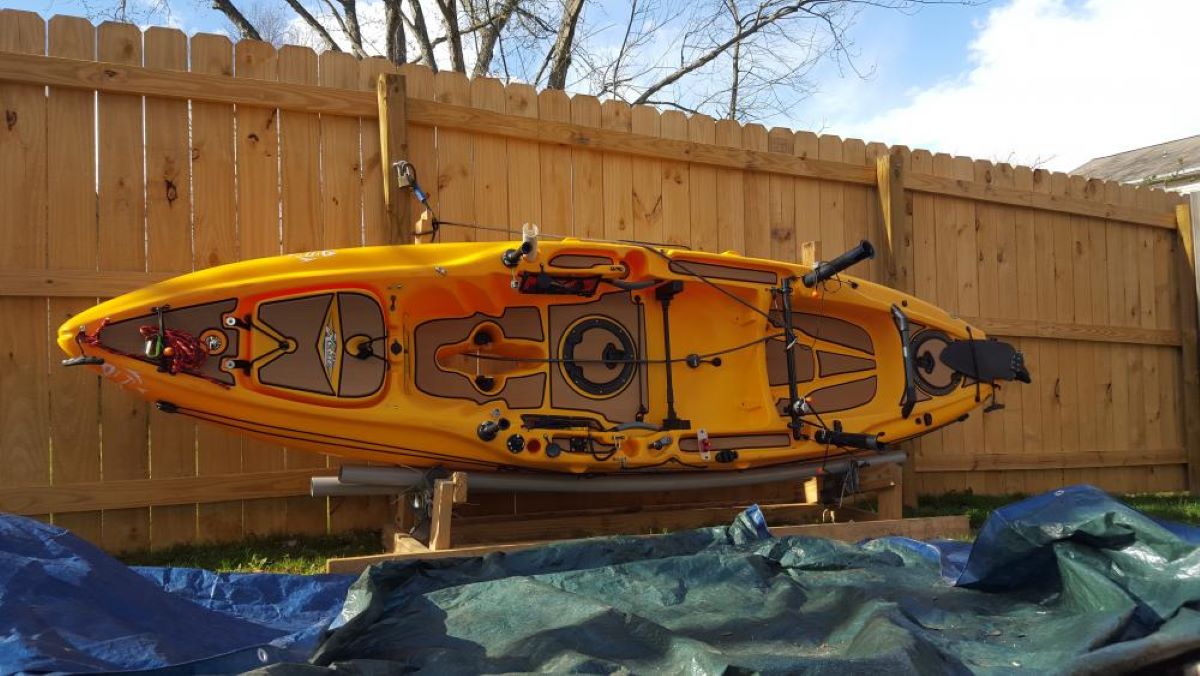
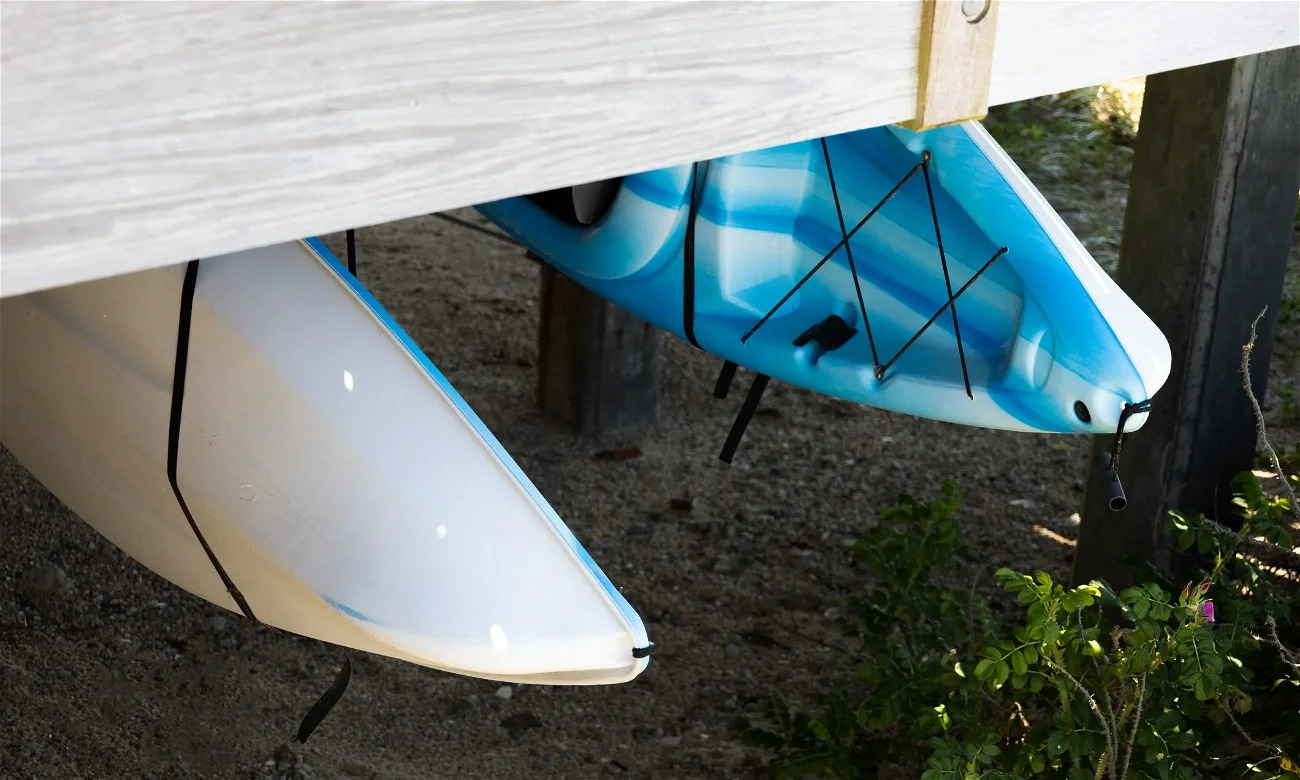
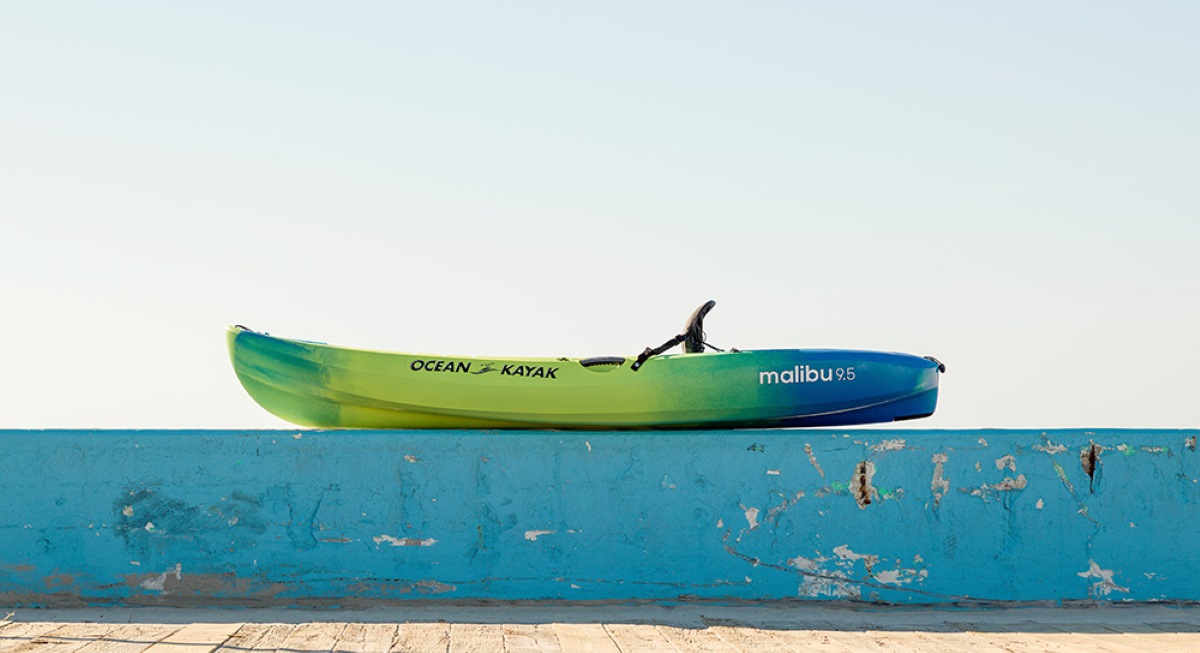

0 thoughts on “How To Store A Kayak Vertically”